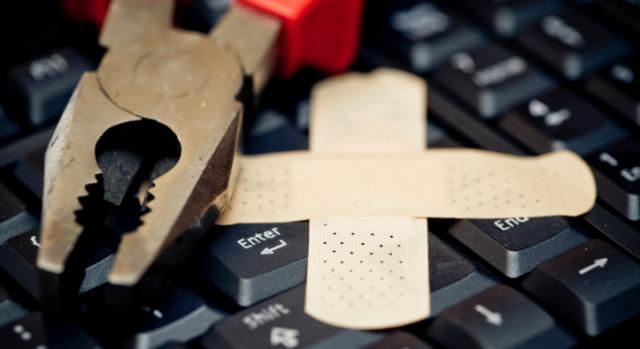Eventually, we will need to troubleshoot our computer, especially because a few things won’t work properly after specific duration of time. Troubleshooting is a process that we need to learn properly, because it could be either simple or complex, depending on tasks that we need to do. In general, we should take logical steps and we need to walk through the necessary process so we will be able to determine the exact causes of troubles. In general, this could involve in identifying specific problems, finding the actual cause of problems, determine the solutions, perform the troubleshooting process and check whether our works have solved the problem. For example, one day our computer’s monitor could just turn all black and it is not possible for us to see anything. In this case, we should find problems that could cause this thing to take place. The most obvious thing to do is to make sure that the monitor is working proper and it is receiving power. Many monitors require external power and we should make sure that it is turned on properly.

Even if the monitor is connected properly, we could be having a connection problem. In this case, the monitor’s LED could be turned on, but it could say that it is not receiving signal from the computer. It means that we need to check the cables and we should make sure that everything is properly secured and connected. There’s a VGA slot behind the computer case and we should make sure that the cable is plugged in properly. However, if it appears that everything is attached securely, then we need to consider options. For example, we should find out whether it is the monitor that is malfunctioning. We could look for other nearby monitor and check whether this is the likely problem. If the other monitor seems to work properly, then we have a bad monitor and it is important for us to obtain a new one. It should be noted that monitors can be dangerous to fix on our own and getting it repaired can be quite costly, depending on the type of our monitor. However, there is a possibility that the replacement monitor still shows a black screen and this should be the time to check the graphics card.
We should really make sure that we have securely seated the graphics card to the motherboard. To know whether our card is working fine, we should look for replacement card and see whether the computer can still be operated. Newer processors are already equipped with integrated graphics solutions, so we could remove the graphics card and go to the BIOS settings and enable the integrated graphics platform. This is the simplest troubleshooting procedure, but there are many paths we could take depending on our conditions. Before swapping out components, we should make sure that all the settings are appropriate, so we could be sure that we are doing the right things. Troubleshooting is a perfectly easy task to do.










Comments are closed.